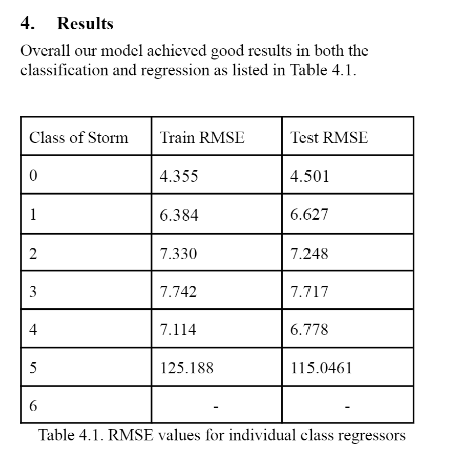Tropical Storm Intensity Estimation
- Category: Computer Vision
- Tools and Techniques: Python, TensorFlow, Keras, NumPy, Pandas, Matplotlib, Seaborn, CNN, ReLU, softmax, batch normalization, dropout, data augmentation, image reshaping, early stopping
- Project URL: https://github.com/Shubhkirti24/SpicyCloud
Project Details
In the study titled "That's a Spicy Cloud," we explored advanced approaches for estimating tropical storm intensity using raw and infrared satellite images through Convolutional Neural Networks (CNNs). This research was motivated by the increasing intensity of tropical cyclones, a concerning trend identified since the late 1970s, with a dataset comprising wind speed annotations and satellite images from over 600 storms provided by NASA and the Radiant Earth Foundation. We developed and compared a custom CNN model—referred to as Spicy Cloud—with the well-established VGG16 model, focusing on both classification and regression tasks. The Spicy Cloud model consisted of three sets of convolutional, batch normalization, and max pooling layers, followed by two dense layers, optimized with the Adam optimizer for minimizing categorical cross-entropy loss. Our experiments involved running a base model regressor to measure RMSE against actual wind speeds, classifying wind speeds into six categories, and fine-tuning the model to improve accuracy and functionality as an in-class regressor. Initial results showed that our model, despite having fewer layers than VGG16, was effectively tuned to surpass the traditional models like LeNet-5 and AlexNet in terms of accuracy and efficiency in predicting and classifying tropical cyclone intensity.

.png)